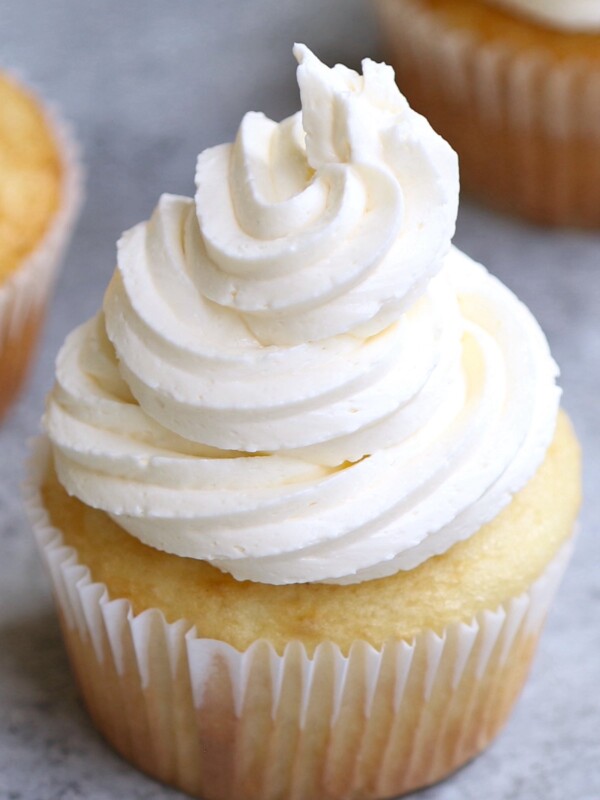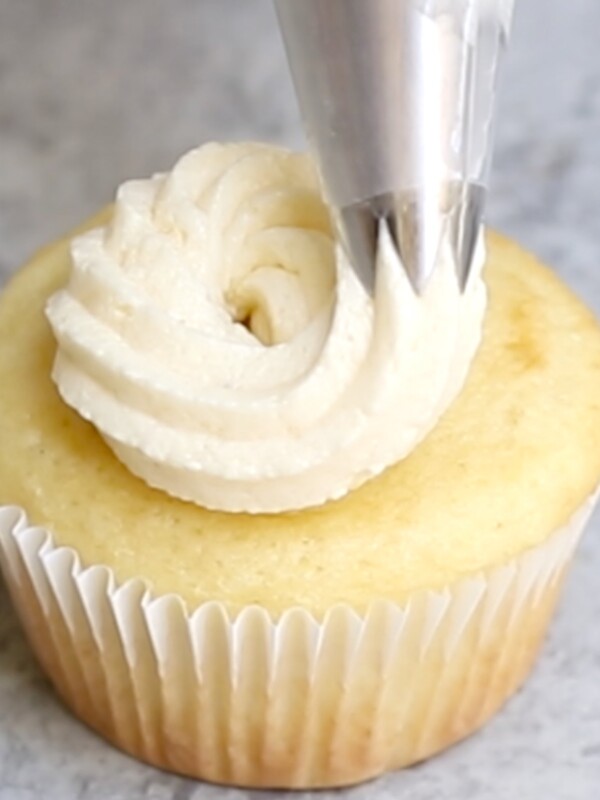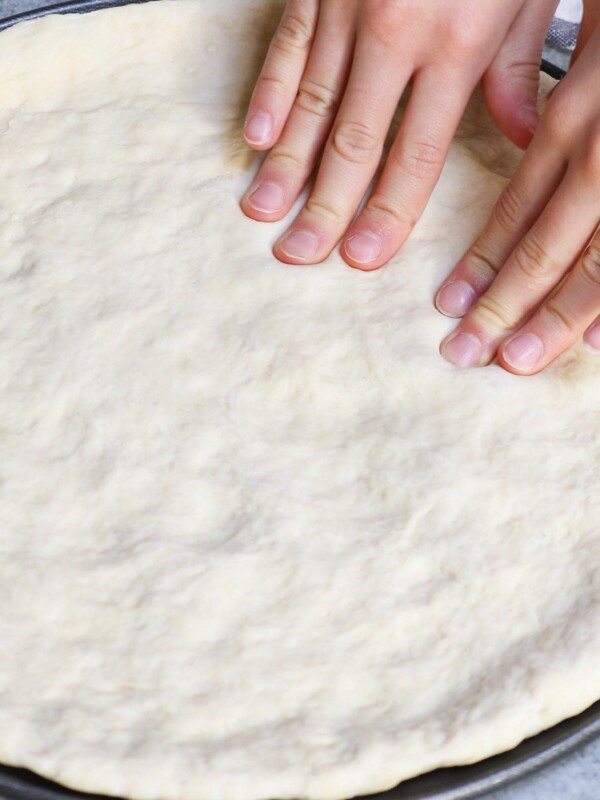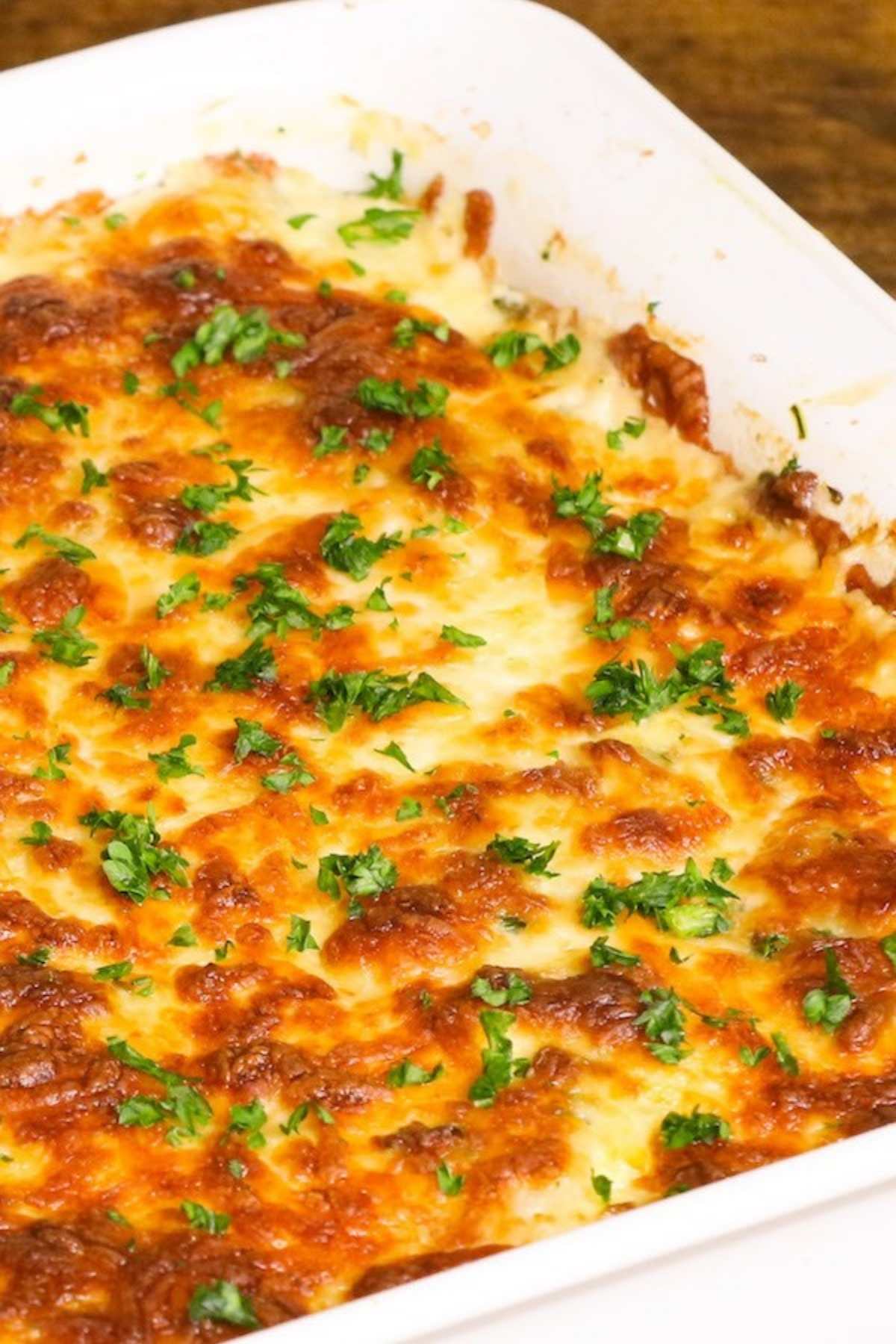What Is Pandan and What Does It Taste Like?
on Apr 06, 2022
This post may contain affiliate links. Please read my disclosure policy.
Pandan is popular in South and Southeast Asian cuisines but it is getting more recognized in Western culture due to its numerous health benefits and culinary properties. This article will tell you all you need to know about pandan, how to use it, its benefits, and substitutes for when you can’t get your hands on it.
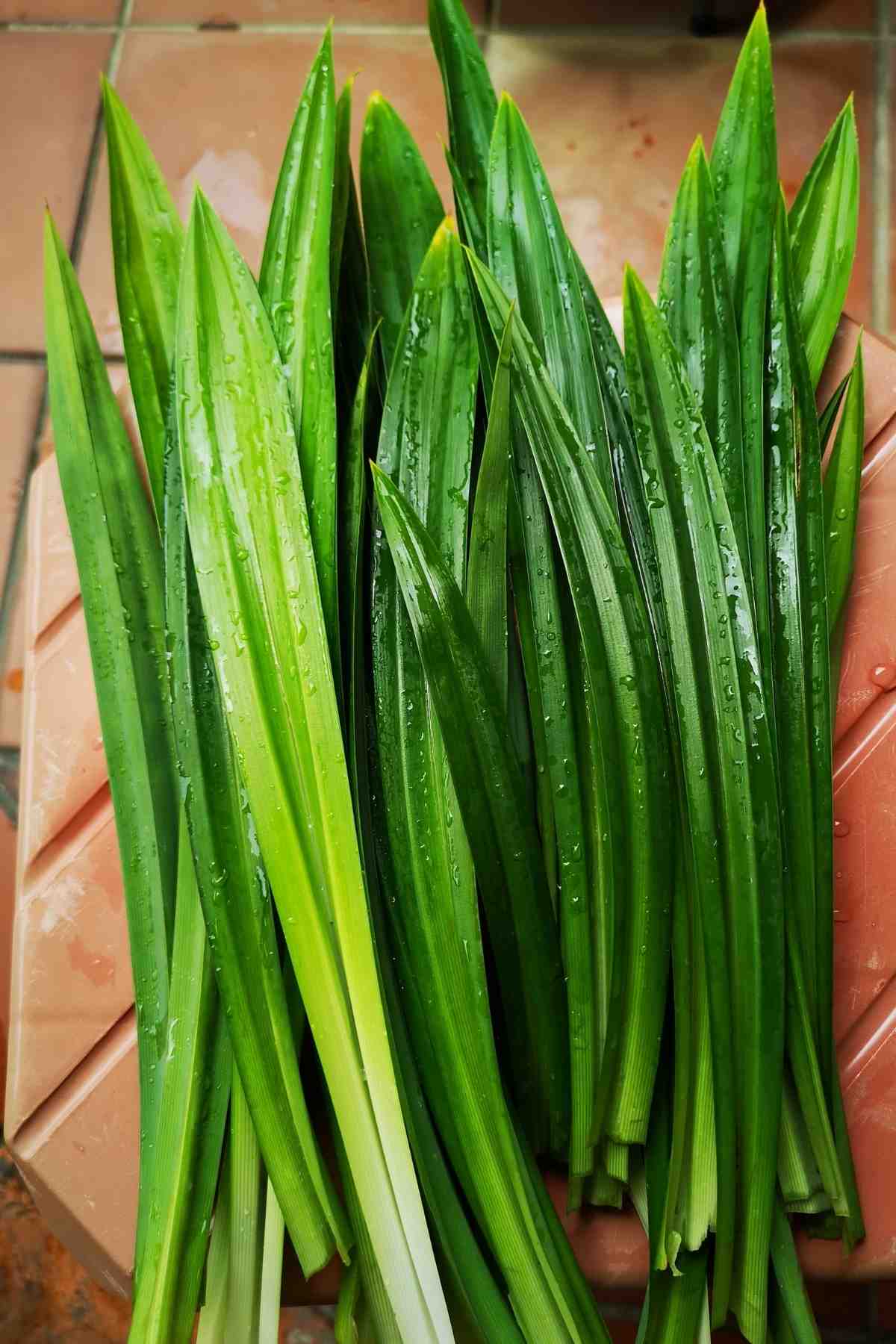
What Is Pandan?
Pandan is also known as screw pine and it is a tropical plant that is famous for its long, blade-like leaves. It is popularly used in Sri Lankan, Thai, and other South Asian recipes.
Pandan leaves in Southeast Asia are used to add a unique taste and aroma to savory dishes, flavorful desserts and drinks.
Pandan leaves are sold fresh, frozen, and dried and can also be used as a wrap for savory foods like chicken or sticky rice. The leaves give an aromatic note to these foods and they provide visual appeal. The paste, extract, and powder of pandan leaves tint the food with a green hue and contribute a great flavor.
What Does It Taste Like?
Pandan leaves taste naturally sweet and have a soft aroma. Its strong flavor is classified as grassy with notes of rose, almond, and vanilla, close to coconut. Pandan has the same aroma compound as basmati rice, so if you’re cooking on a budget, you can easily flavor plain rice with pandan.
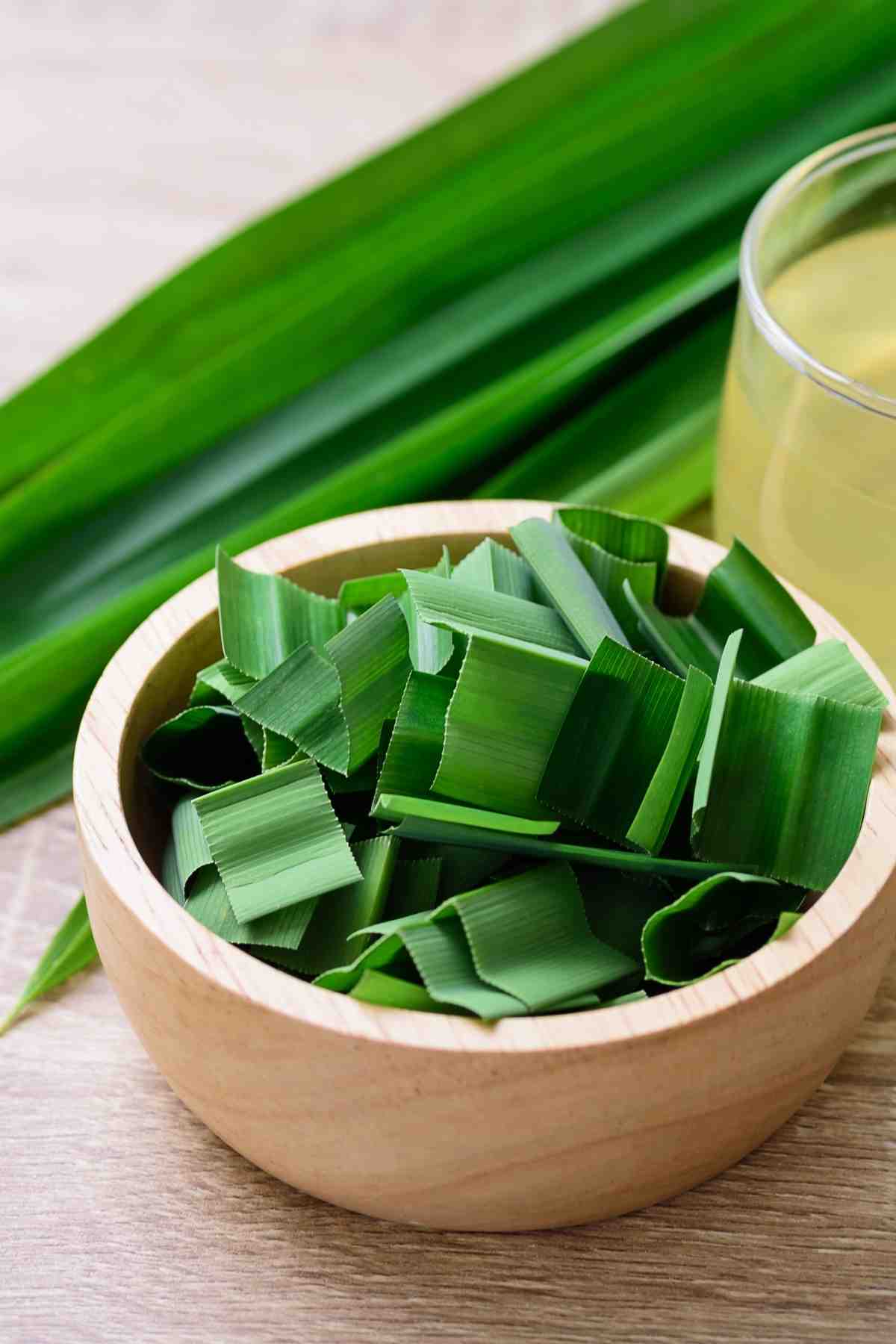
Ways to Use Pandan in Recipes
There are several different uses for pandan. It just depends on whether it is in the form of leaves, paste, extract, or powder.
1. Use Pandan Leaves as Wrappers
Whole pandan leaves are used to wrap food before steaming or frying it, much like banana leaves.
2. Pandan Fruit
Pandan Fruits can either be eaten raw or transformed into a marmalade.
3. Pandan Paste
It’s commonly used as a flavoring in dishes, similar to how we use vanilla flavoring. On the other hand, the powder form is used in baked goods and tea. All of these products provide a green tint to whatever dish it is used in. It also has a grassy taste with hints of vanilla and coconut.
4. Used in Desserts
Pandan combines well with coconut in desserts. For instance, its bright green extract is mixed into a crepe-like batter, then stuffed with coconut that is sweetened and browned to create a traditional Indonesian dessert called dadar gulung.
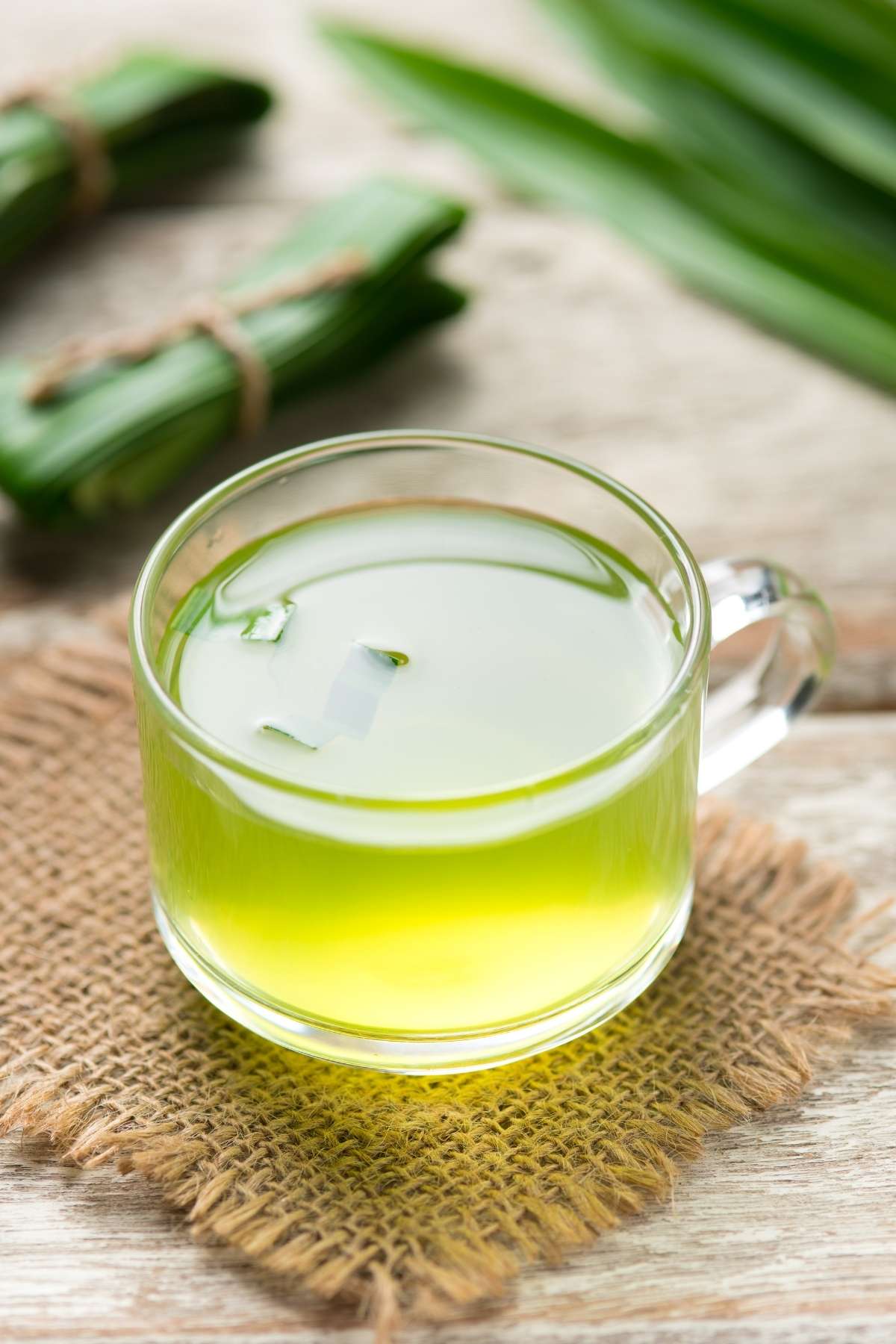
Other Uses of Pandan
To create a topical ointment to help with joint pain, coconut oil is infused with pandan leaves. Make sure to test it on a patch of skin to ensure that you are not allergic which could come in the form of redness or itching. *Bear in mind that this is not an ointment that has been supported by actual scientific studies.
What’s even better is that pandan has been a key part of Ayurvedic medicine in the treatment of constipation, boils, and cold- or flu-like symptoms.
How to Store Pandan
- Wrap fresh pandan leaves in a damp paper towel or plastic bag and store them in the vegetable drawer of your refrigerator where they will have a life of approximately four days. When done right, pandan leaves can also be frozen. Arrange them into a single layer on a baking sheet and then place them into the freezer. Once they have frozen, transfer the pandan leaves into a sealed bag and return them to the freezer where they can be kept for about six months.
- Pandan in the form of dried leaves, paste, extract, and powder can be stored in the pantry. However, homemade paste and extract should be kept in the refrigerator where they will last for up to three weeks.
Health Benefits of Pandan
Although there is little scientific research on pandan’s health benefits, its leaves, fruit, flowers, roots, and oil provide many uses in non-Western traditional medicine. Some of the benefits include:
- Reduction of arthritis pain
- Help with managing blood sugar
- Boosts oral health
Where to Buy Pandan
Pandan leaves can mainly be bought fresh, frozen, or dried at some Asian food stores and online. The leaves will either be packaged as whole pieces or cut small. Check that none of the fresh leaves appear to be brown or shriveled and if you are buying frozen, that they are not discolored or covered with ice crystals.
Pandan as a paste, extract, and powder can also be found in Asian food markets and online. However, remember to read the ingredient list. The only ingredients should be pandan leaves and water, but many brands tend to include additional ingredients that will lessen the original flavor of the plant.
Substitutes for Pandan
Depending on where you live, you might have a hard time trying to find pandan. Here are a few common substitutes:
- Vanilla bean
- Matcha powder
- Collard greens
You May Also Like
- What is Yuzu and the Common Ways to Use Yuzu
- What is Chinese Five Spice
- Celery Juice Recipe and Health Benefits
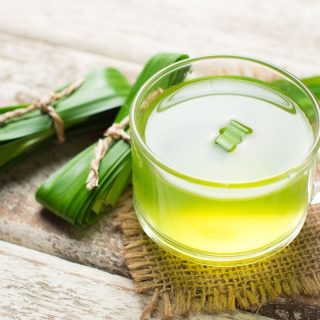
How to Make Pandan Juice
Ingredients
- 1 cup chopped pandan leaves
- 1 cup water
Instructions
- Clean pandan leaves thoroughly. Chop them into smaller pieces.
- Add the chopped leaves to a blender. Then add water.
- Blend on high speed until very smooth.
- Pour the blended juice through a nut milk bag into a container.
- Use the pandan juice in other recipes.
Nutrition information provided is an estimate only and will vary based on ingredient brands and cooking methods used.
